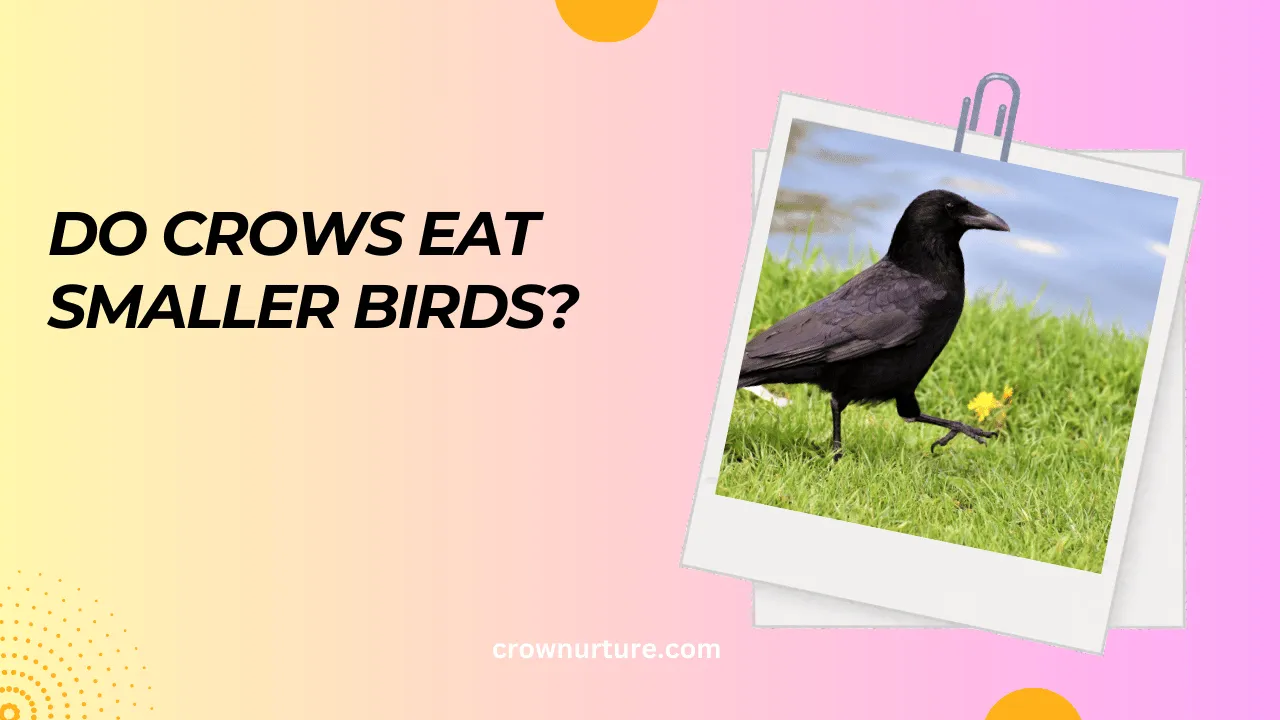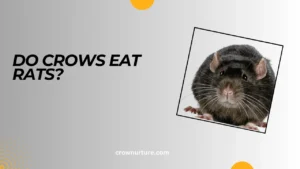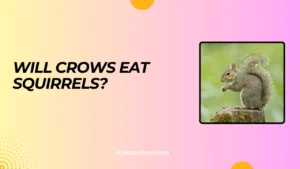Crows, often seen as mysterious and resourceful, are widely known for their ability to adapt to various environments. But a question that frequently arises is whether these intelligent creatures also prey on smaller birds.
The idea of a crow attacking a smaller bird may seem unsettling, yet it’s an important part of understanding how crows interact within their ecosystems. This article delves into the complex world of crow feeding habits, uncovering the factors that influence their occasional predation on smaller birds.
While crows are mostly known as omnivores and scavengers, their diet and hunting tactics are far more intricate than many might think.
We will explore the various hunting techniques employed by crows, how their diets vary based on availability, and the broader ecological implications of their predatory behavior.
By the end, you’ll have a deeper understanding of how crows fit into the natural food web and whether or not they pose a significant threat to smaller bird populations.
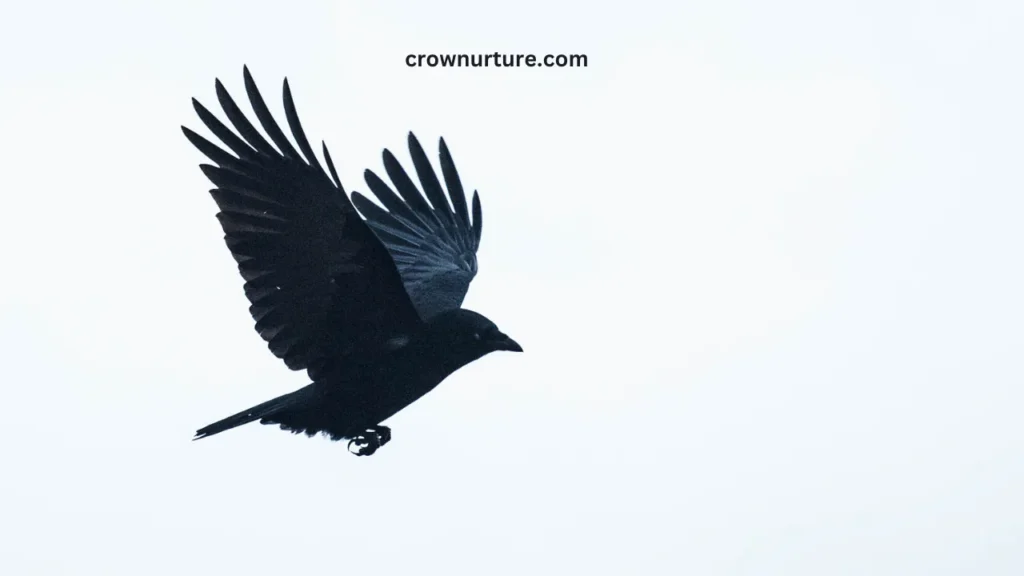
Contents
1. The Crow’s Diet: A Versatile Feeder
Crows are omnivores, feeding on a broad range of food, from insects and seeds to fruits and carrion. Their adaptability allows them to survive in diverse environments, from forests to urban settings.
While carrion and plant-based foods are common, crows will also opportunistically consume small animals. In rare cases, this includes smaller birds, particularly when the opportunity arises, or if the bird is weakened.
Crows are opportunistic feeders, meaning they don’t limit themselves to any specific food source. They will often take advantage of whatever is available, including scavenging human waste or raiding bird nests.
2. Hunting Techniques and Prey Selection
Crows employ a variety of hunting techniques, including ambushing, chasing, and sometimes cooperative hunting. When they target smaller birds, they often do so when the bird is injured, young, or otherwise vulnerable.
The selection of prey is influenced by factors such as size, availability, and nutritional value. Smaller birds might be chosen because they are easier to catch or provide more immediate sustenance.
While crows generally avoid attacking healthy adult birds, there are instances of cannibalism when food is scarce or conditions are harsh. This can include the rare act of attacking other crows or smaller birds as a last resort.
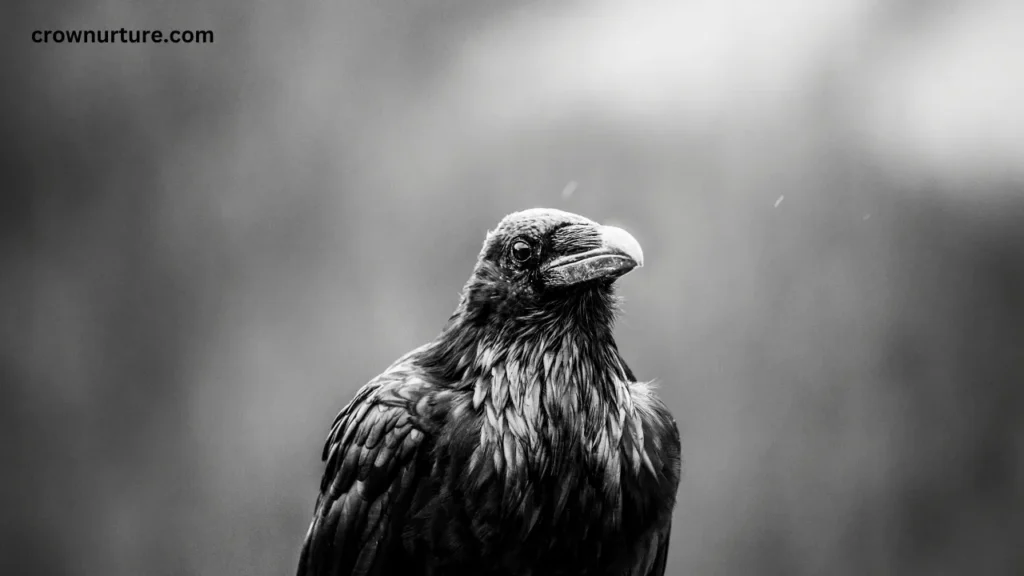
3. Factors Influencing Predatory Behavior
Crows’ predatory behavior is shaped by several factors, including habitat quality and the availability of food. In urban areas where food is abundant, they may not target small birds as frequently.
The population density of crows also plays a role in their feeding habits. In areas with high crow populations, competition for food may lead to increased predation on smaller animals.
Human activities, such as bird feeding and habitat destruction, can influence crow behavior. While feeding stations may attract smaller birds, they can also lure crows, creating potential conflicts over food.
4. The Impact of Crow Predation on Bird Populations
The impact of crow predation on smaller bird populations is a topic of debate. While crows may occasionally prey on small birds, they are not usually a major threat to bird numbers when considered within the broader context of all environmental factors.
Other predators, such as hawks, owls, and snakes, also target small birds. Therefore, crow predation is just one part of a much larger ecological balance.
To mitigate potential predation, strategies like habitat management and protecting bird feeders can reduce the risk. For instance, creating safe spaces for smaller birds can help shield them from crows and other predators.
5. Crows in the Broader Ecological Context
In ecosystems, crows play a vital role as both scavengers and predators. They help control the population of small rodents and insects, thus contributing to a balanced food web.
Their occasional predation on smaller birds should be seen as part of their natural behavior rather than an abnormal threat. It’s important to understand that these interactions are influenced by food availability, territoriality, and the overall health of the environment.
In urban environments, where natural food sources are limited, crows are more likely to be drawn into conflicts with smaller birds over food, but these situations are usually not as dangerous as they might initially seem.
Conclusion
While crows do have the ability to prey on smaller birds, their diet is incredibly diverse, and their predatory behavior is influenced by numerous factors. Opportunistic feeders by nature, crows will rarely target healthy adult birds unless necessary.
The broader ecological factors, such as food availability and competition, play a significant role in their interactions with other species.
Understanding crow behavior within its natural context helps us appreciate their ecological importance and dispel myths surrounding their predatory nature. Crows are not indiscriminate hunters; they are part of a larger system where their actions contribute to the balance of nature, rather than threatening smaller bird populations.
FAQs
1. Do crows only eat smaller birds?
No, crows are omnivores with a diverse diet that includes insects, fruits, seeds, and carrion. They may occasionally eat smaller birds, but it is not a primary food source.
2. How do crows hunt smaller birds?
Crows use a variety of techniques, including ambushing and chasing. They often target injured or weakened birds, as they are easier to catch.
3. Do crows pose a significant threat to bird populations?
While crows can occasionally prey on smaller birds, their impact is limited and generally balanced by other environmental factors and predators.
4. What can be done to deter crows from preying on bird feeders?
Use specialized feeders that exclude larger birds like crows or protective cages to safeguard smaller birds from crows.
5. Are crows intelligent?
Yes, crows are known for their high intelligence, capable of complex problem-solving and social behaviors, such as tool use.
6. Why do crows eat carrion?
Crows are scavengers and eat carrion as part of their omnivorous diet. It provides an easily accessible food source.

